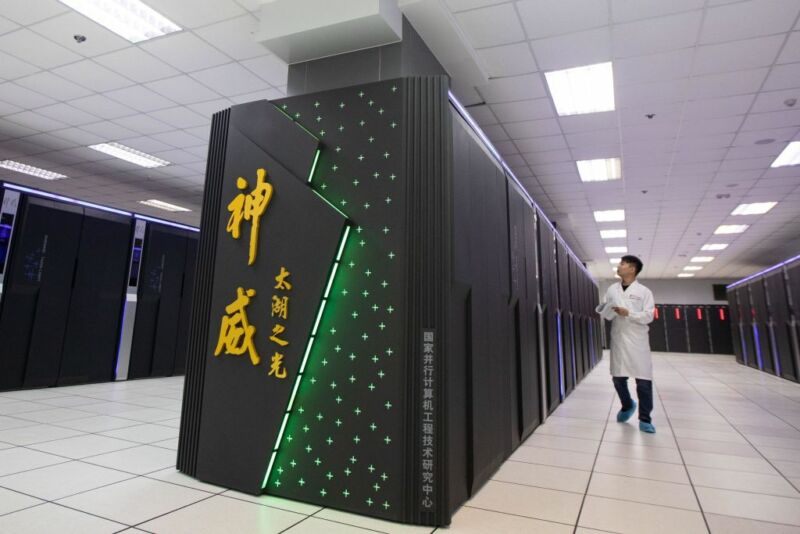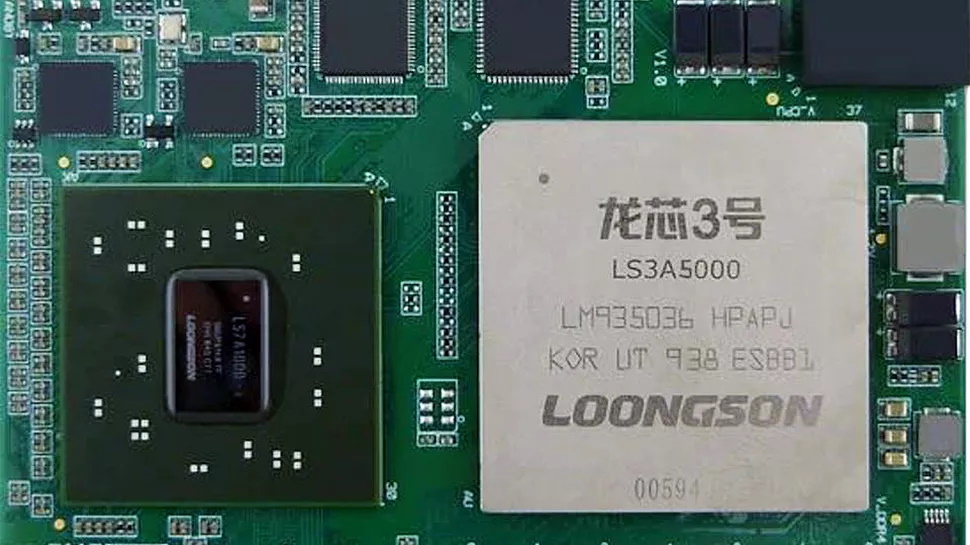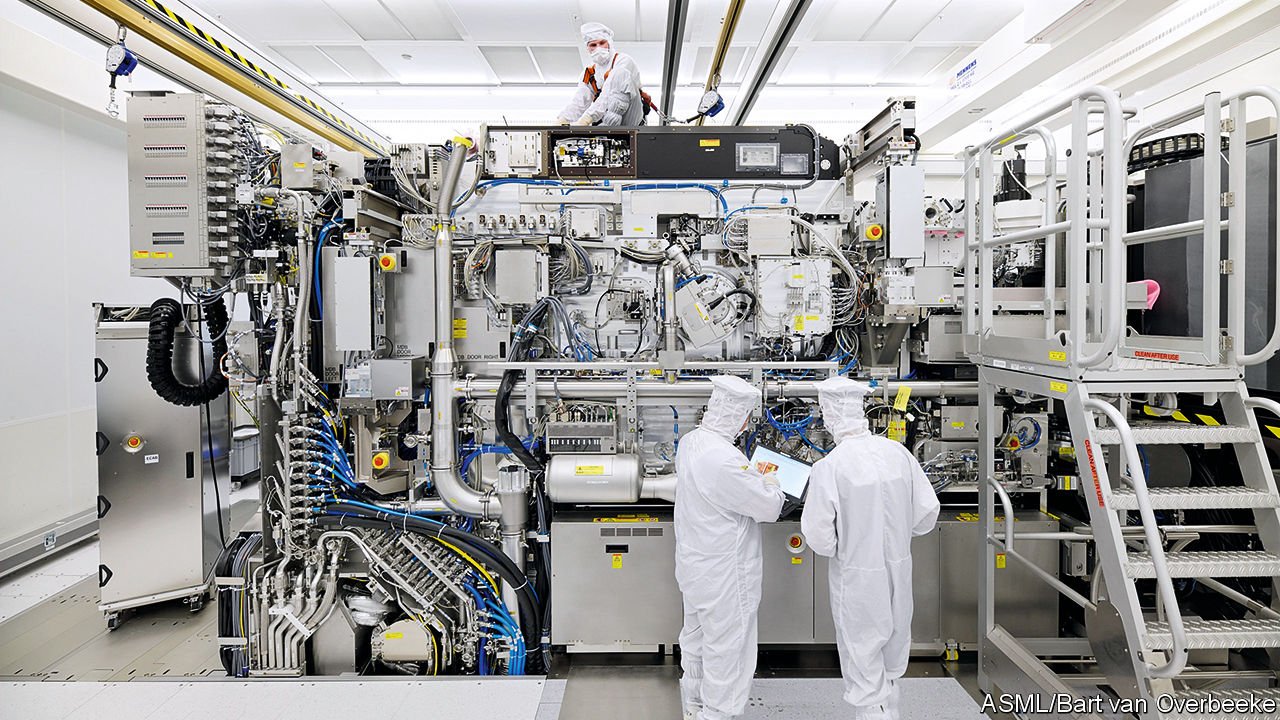
Several congressmen demand a ban on the sale of any software for the development of modern semiconductor elements in the PRC. These are foundational technologies that Americans consider to be an important part of the country's national security.
Currently, only Samsung and TSMC have mastered the 5nm process technology. Chinese companies are still adopting older technologies. As we already wrote, the PRC is very active and, most importantly, successfully develops the development of processors. The Americans believe that if the Chinese are denied access to chip production technologies, it will set the PRC back for many years in the matter of semiconductor elements.
How serious is it?
In general, this is a difficult situation, since China is highly dependent on foreign suppliers of both software and hardware for the production of chips. On the other hand, the Celestial Empire could not but foresee such a step on the part of its trading enemy, so it may have already thought out workarounds.
China's own hardware and software tools are morally outdated - they are 8-10 years behind modern ones. If access to EDA is closed, China will have to work very hard to reach the current level of development of semiconductor electronics in the United States. But if everything works out, then there will probably be several companies in the world that will be able to produce modern chips.
The semiconductor market in China has never been at the forefront of technology development - the Chinese actively used the services and goods of third-party companies. During the trade war, the PRC managed to narrow the gap, but in order to eliminate it completely, you need to make a lot of efforts and spend a lot of resources. And even money here is far from deciding everything - why so, we'll talk below.
At the same time, the United States consistently continues its policy of pressure on the electronic industry in China. For example, a few days ago, the US government banned the supply of processors to Phytium. It is worth recalling that she developed Tiahne computers, which have repeatedly been included in the rating of the most powerful supercomputers in the world. The ban is explained by the fact that the company's developments are used in China's supercomputers, the capacities of which are used, in particular, by the Chinese army.
What about China?
The Celestial Empire is trying to quickly expand its own production of chips. So, last year, China announced investments in this industry of more than $ 1.4 trillion. Plus, Chinese companies are poaching key TSMC engineers in an effort to overtake the US in chipmaking.

In addition, the other day it became known that the Chinese company Loongson Technology has developed its own processor architecture from scratch. She decided to become independent after MIPS Technologies switched to RISC-V . Previously, MIPS Technologies was involved in the development of architecture and licensing of intellectual property associated with MIPS processors. The company did not manufacture the chips themselves. But now the reborn organization will start releasing processors, but already based on the RISC-V architecture.
According to independent experts, this architecture has nothing in common with ALPHA, ARM, MIPS, POWER, RISC-V or x86. The company has developed its own format of instructions, their coding, addressing modes, etc. LoongArch contains about 2000 proprietary instructions. According to the developers, they removed the outdated instructions to ensure lower power consumption and more efficient operation. In addition to the basic instruction set, the company has added binary transformation extension (LBT) instructions, vector processing extension (LSX) instructions, extended vector processing extension (LASX) instructions, and virtualization extension (LVZ) instructions, PC Watch reported.
It all comes down to EUV
We are talking about the technology of photolithography in deep ultraviolet, which is key in the production of modern processors. The corresponding equipment is manufactured by ASML from the Netherlands. And it cannot now supply its systems to the Chinese, since the latter are made using American technologies. The Americans, as we know, have forbidden to transfer them to the PRC.

In addition to ASML, photolithographic machines are also manufactured by other companies, such as Canon and Nikon. But only the Dutch company has systems for photolithography in deep ultraviolet radiation with a wavelength of 13.5 nanometers.
The stepper is the main system for making semiconductor integrated circuits. It is called so because the exposure is performed in small rectangular areas, as if in steps, with a check of the positioning of each step.
EUV equipment produces only ASML, competitors do not have it. The Chinese, as far as can be understood, do not have it either. SMIC, one of the main semiconductor manufacturers from the Middle Kingdom, placed an order for EUV from ASML back in 2018, but due to the trade war with the United States and sanctions, the equipment was not supplied to China. It is now highly doubtful that SMIC will ever gain access to these systems. And without them, modern chips cannot be released.
Well, now, besides EUV, the Americans are planning to ban the supply of any other systems and software for the development of modern chips. So it will be difficult for China. Will the Chinese be able to overcome this obstacle? Only time will tell.
